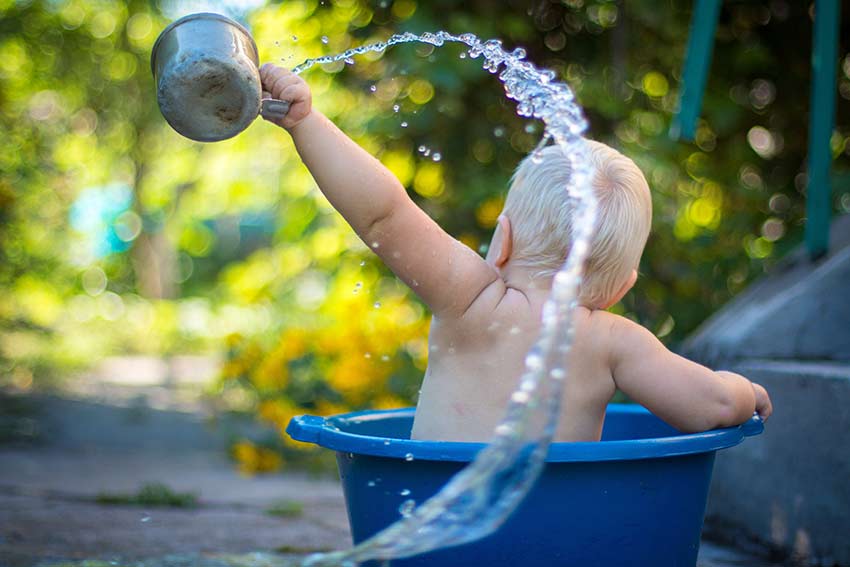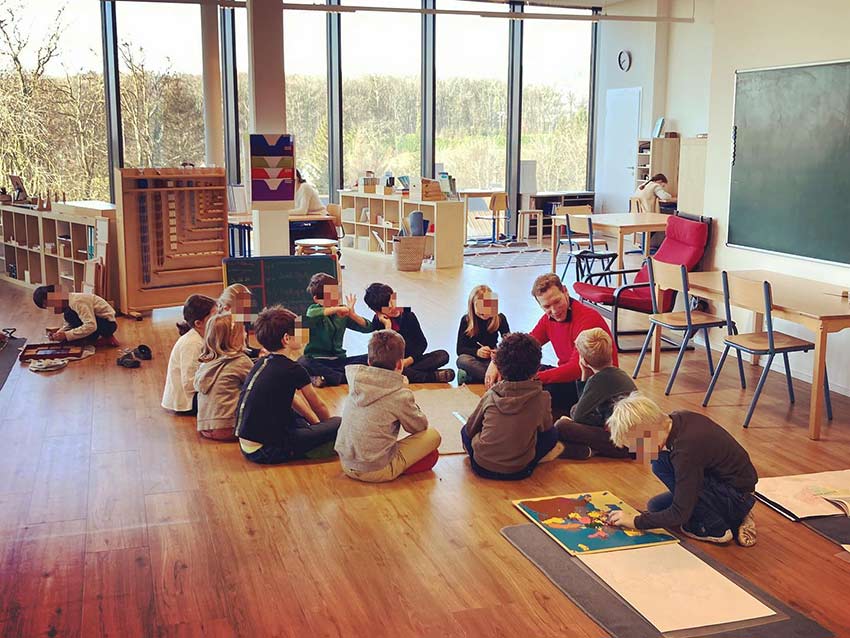A doctor
Maria Montessori
1896 - 1952
First female doctor in Italy, with a degree in biology, psychology and philosophy. It is a great event since until then, medicine was reserved for men.
Maria Montessori was a pioneer in the observation and understanding of the child.
1870
1892
1894 - 1896
1899-1900
1907

“The child is not a vase that one fills, but a spring that one lets flow”
The children's house
In some poor neighbourhoods of Rome, children were left to fend for themselves. They vandalized their neighborhood and even their own homes. An association therefore decided to build houses to accommodate them while their parents are working. Maria Montessori, who heard about this project, seized this unique opportunity.
In 1907, the first Casa dei Bambini (“The Children’s House”) was opened in the district of San Lorenzo (a very poor suburb of Rome). At that time, Doctor Maria Montessori had two tools: her studies (on Itard and Seguin) and her teaching experience. The new foundation was immediately a huge success. Journalists came from all over the world to see these “new” children and understand the reasons for such success. Maria Montessori made it clear to them that what allows such results with these children is not the material, but rather the work they do with it!
In 1909, she published her first book: La Pédagogie Scientifique, Tome I. During this time, the first children grew up and it became necessary to open up new spaces adapted to their age. In 1913, based on her experience with the leading pedagogues of the time, Maria Montessori published La Pédagogie scientifique, Tome II.


